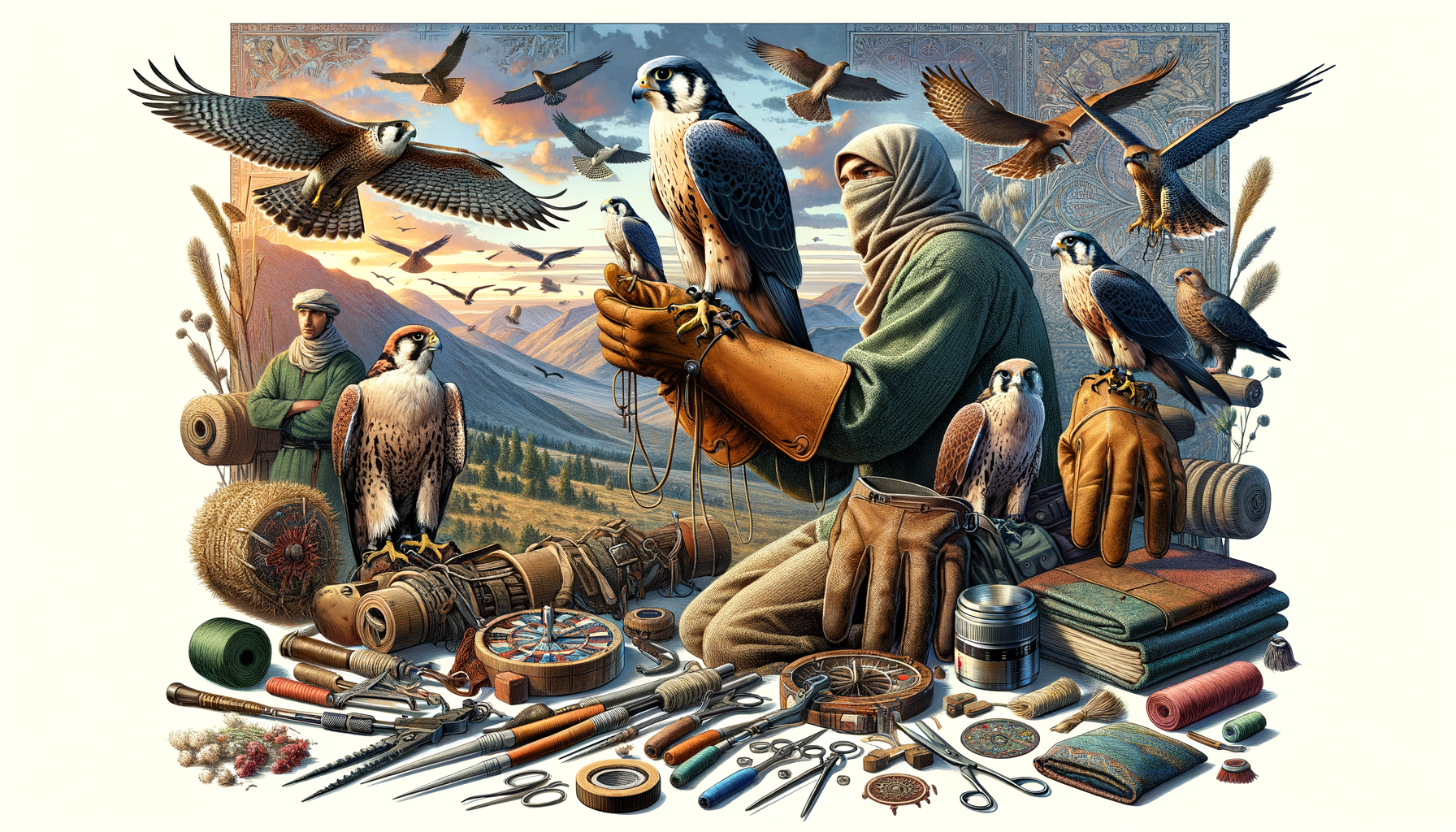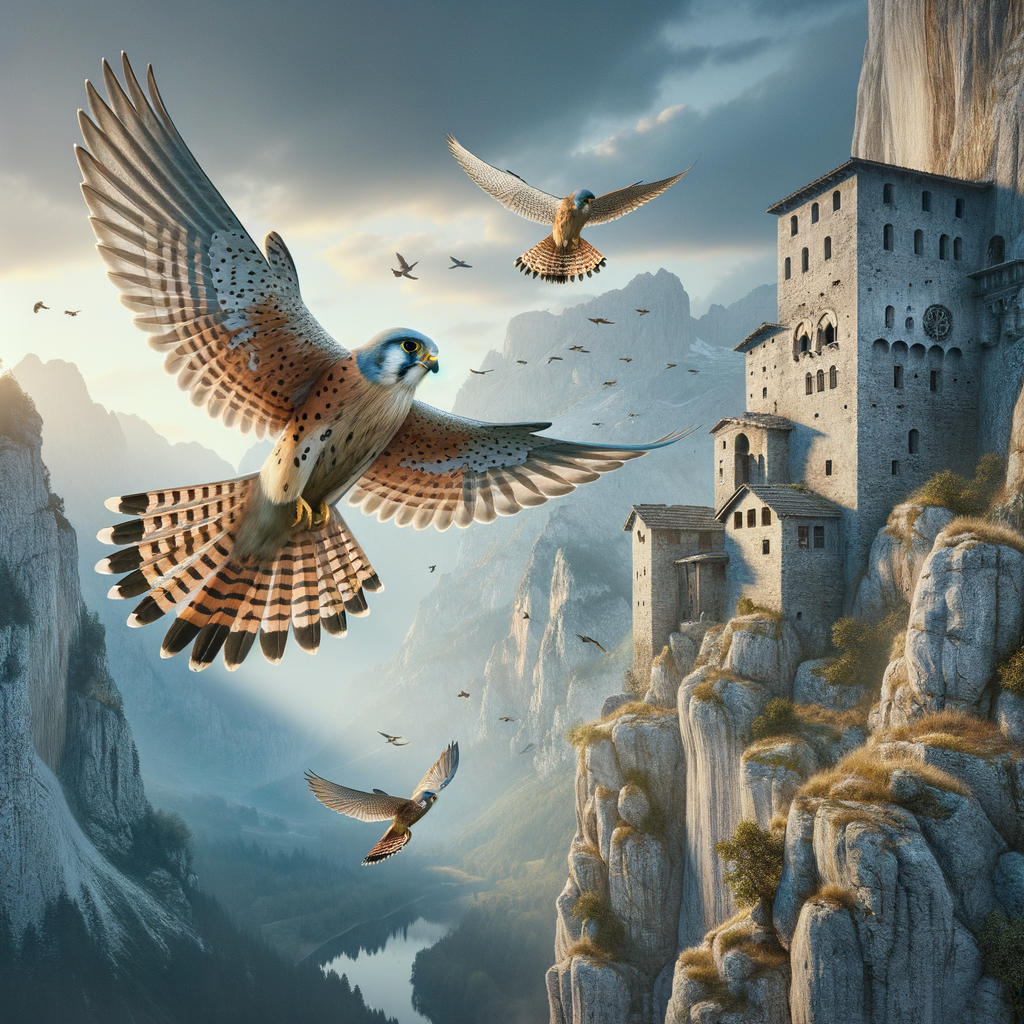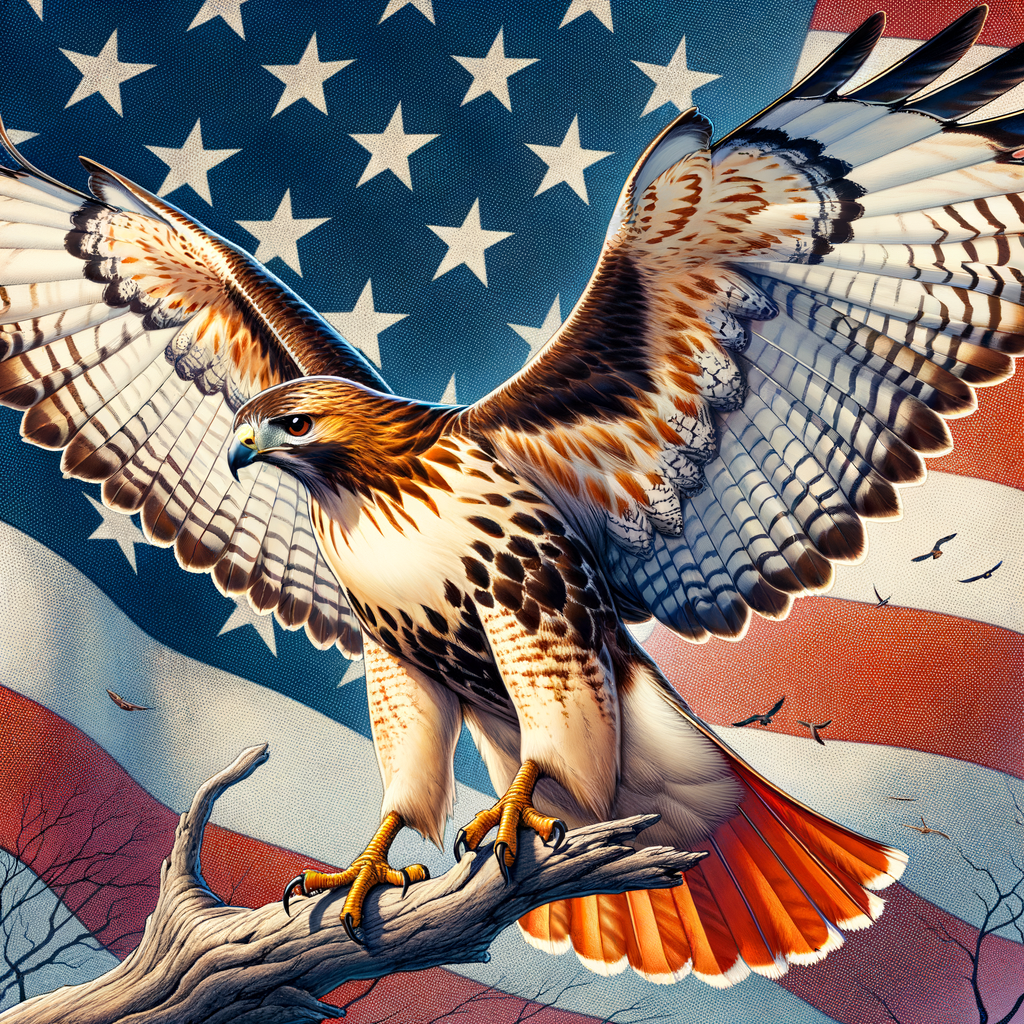Preserving Falconry Traditions
- Falconry is an ancient practice that involves training birds of prey to hunt.
- It has been around for thousands of years and is considered both a sport and an art.
- Different cultures around the world have their own unique falconry traditions.
- Falconry requires a deep bond between the falconer and the bird.
- Teaching and practicing falconry promotes wildlife conservation and respect for nature.
- Learn Falconry aims to keep these traditions alive by offering lessons and resources.
- Modern falconry combines old practices with new techniques for training and care.
- Falconry education helps raise awareness about the importance of preserving this heritage.
- Engaging in falconry can teach patience, responsibility, and a greater appreciation for the natural world.
By learning about and practicing falconry, we help continue a rich cultural tradition and promote a sustainable relationship with our environment.
Discover the Magic of Falconry Traditions
Picture a vibrant, Irish meadow where the rolling green hills dance under a clear, blue sky. Imagine an old, wise storyteller, sitting under a majestic oak tree, passing down tales of ancient heroes and mystical creatures. Just like these precious stories, falconry traditions weave a rich tapestry of human history, nature, and culture.
At Learn Falconry, we believe that preserving these majestic traditions is as crucial as keeping a fire alive during a long, cold winter night. Falconry isn’t just about training birds; it’s about maintaining a vital connection to our past and understanding the bond between humans and nature.
In this article, we’ll journey through the enchanting world of falconry. We’ll explore why it’s essential to preserve these time-honored practices and how they continue to enrich our lives today. So, ready your imagination and join us on this adventure to uncover the magic and importance of falconry traditions! Keep reading, and you’ll see why this ancient art is not just a legacy but a living, breathing part of our world that deserves to be cherished.
Preserving Falconry: Embracing Traditional Falconry Practices
Falconry is not just a sport or hobby; it’s an ancient tradition that has been passed down through generations. At Learn Falconry, we are committed to preserving falconry and ensuring that traditional falconry practices are kept alive and well. By understanding and embracing these age-old methods, we can honor the heritage of falconry while adapting to the modern world.
Understanding the Legacy of Falconry
Falconry has a rich history that dates back thousands of years. From the ancient steppes of Central Asia to the castles of Medieval Europe, falconry has been a valued skill and art form. To truly appreciate this practice, one must delve into its historical roots. Visit our pages on the History of Falconry and Ancient Origins of Falconry to explore the fascinating journey of this remarkable tradition.
Traditional Falconry Practices
Practicing traditional falcory is all about respecting the methods and techniques developed by our ancestors. This involves using specific equipment like hoods, bells, and jesses which are essential for the care and training of these majestic birds. You can learn more about these tools on our Falconry Equipment page. Equip yourself with essential gear and understand their historical significance.
For instance, the art of hooding a falcon is a critical skill that has remained largely unchanged for centuries. It’s not only about keeping the bird calm but also about establishing a bond between the falconer and the falcon. Read about Types of Hoods to grasp the nuances of this traditional practice.
Training Methods
Training a falcon in traditional ways requires patience, consistency, and a deep understanding of these birds. Techniques like those covered in Training a Falcon have been meticulously refined over time. From initial basic training to advanced methods, these techniques ensure the falcon’s welfare while promoting a successful hunting partnership.
Cultural Significance of Falconry
Falconry is deeply embedded in various cultures worldwide. It’s important to recognize and respect these cultural connections. Whether it’s the esteemed place of falconry in Middle Eastern customs or its role in Mongolian traditions, each adds to the rich tapestry of this discipline. Discover these links on our Falconry in Cultures page and appreciate how falconry has influenced different societies.
Ethical and Legal Considerations
Preserving falconry also means adapting to modern ethical standards and legal frameworks. Responsible falconry involves adhering to laws designed to protect both birds and the environment. Our section on the Legal Aspects of Falconry provides a comprehensive guide to these regulations. Ethical falconry practices, which you can explore further here, ensure the sustainability of this ancient tradition for future generations.
By engaging with these resources, one can develop a deep respect for and understanding of falconry’s traditions, ensuring they are preserved for the enjoyment and education of future generations. Explore more on our journey to preserving falconry traditions and embrace the rich culture and practice that millions around the world cherish.
Preserving Falconry Traditions: A Heritage and Conservation Effort
Historical Background
Falconry is an ancient practice, particularly significant in the Arabian Peninsula. For centuries, it has been a way of life for Bedouin tribes, who utilized trained birds of prey to hunt small game like hares and birds. This tradition is more than just a hunting method; it is interwoven with the cultural fabric of the region.
Cultural Significance
In Arab culture, falconry symbolizes patience, skill, and a deep connection between humans and nature. The falcon, as a creature, embodies nobility, strength, and freedom. These values have ensured that the practice remains respected and preserved across generations, even as lifestyles modernize.
Modern Practices
Today, falconry has adapted to changes brought about by urbanization. However, its essence remains intact. It is celebrated through various events and activities that not only keep the tradition alive but also introduce it to new generations. Efforts to sustain falcon populations through conservation and responsible hunting practices are at the forefront.
Conservation Efforts
Falconry is vital in the conservation of birds of prey. Through rehabilitation programs, breeding initiatives, and public education, falconers help ensure that these majestic birds do not face extinction. For instance, trained falcons are sometimes released back into the wild, where their chances of survival are significantly higher due to the skills and care they received.
International Federation
The International Association for Falconry (IAF) plays a pivotal role in preserving this ancient art. It connects falconry organizations globally, promoting the sustainable use of wildlife and the conservation of raptors and their habitats. The IAF ensures that the falconry community stays united and informed about best practices in conservation.
Falconry Festivals
Around the world and particularly in Arab states, falconry festivals and competitions are held regularly. These events are not just shows; they are crucial for exchanging knowledge and promoting conservation efforts. They provide a platform where both seasoned and new falconers can learn, share, and celebrate their passion for this timeless practice.
Equipment and Technology
Advancements in technology and equipment design have greatly benefited modern falconry. Improved gear makes the experience safer and more comfortable for both bird and handler. For example, GPS tracking devices have made training more effective, ensuring that birds can be located and retrieved if they stray too far during practice sessions.
Membership and Subscription
The IAF offers membership primarily to organizations representing falconry. However, individuals passionate about the practice can subscribe to the organization. This helps create a comprehensive network of enthusiasts dedicated to the art’s preservation and promotion.
Table: Key Falconry Practices and Conservation Efforts
| Aspect | Description |
|---|---|
| Historical Background | Traditional practice by Bedouin tribes for hunting small game. |
| Cultural Significance | Represents patience, skill, and a connection with nature. |
| Modern Practices | Celebrated through events and activities; focus on sustainability. |
| Conservation Efforts | Rehabilitation, breeding programs, and public education support species survival. |
| International Federation | IAF promotes sustainable wildlife use and conservation. |
| Falconry Festivals | Provide a platform for knowledge exchange and promoting conservation efforts. |
| Equipment and Technology | Design improvements and GPS tracking for better training and safety. |
| Membership and Subscription | Offered to organizations, with individual subscriptions available for enthusiasts. |
Preserving Falconry Traditions for Future Generations
Falconry, an ancient and revered practice, holds a cherished place in our cultural and natural heritage. As we look towards the future, it is vital to uphold and preserve these traditions through dedicated conservation efforts, stringent regulations, community engagement, and sustainable practices.
Falconers play a pivotal role in conserving raptors, exemplified by their involvement in rehabilitating and releasing young birds into the wild and contributing to the resurgence of endangered species like the peregrine falcon. Organizations such as the International Association for Falconry and Conservation of Birds of Prey, along with various governmental bodies, ensure compliance with strict regulations, promoting the responsible care and training of these magnificent birds.
Educating the next generation through festivals, clubs, and initiatives helps pass on the legacy of falconry, while modern advancements in equipment and technology enhance the safety and effectiveness of the practice. Emphasizing sustainable hunting practices and habitat conservation reinforces the balance between tradition and ecological responsibility.
By safeguarding the traditions and principles of falconry, we not only honor a rich cultural legacy but also contribute meaningfully to the broader efforts of wildlife conservation. Together, we can ensure that the majestic flight of trained raptors continues to inspire and awe for years to come.



